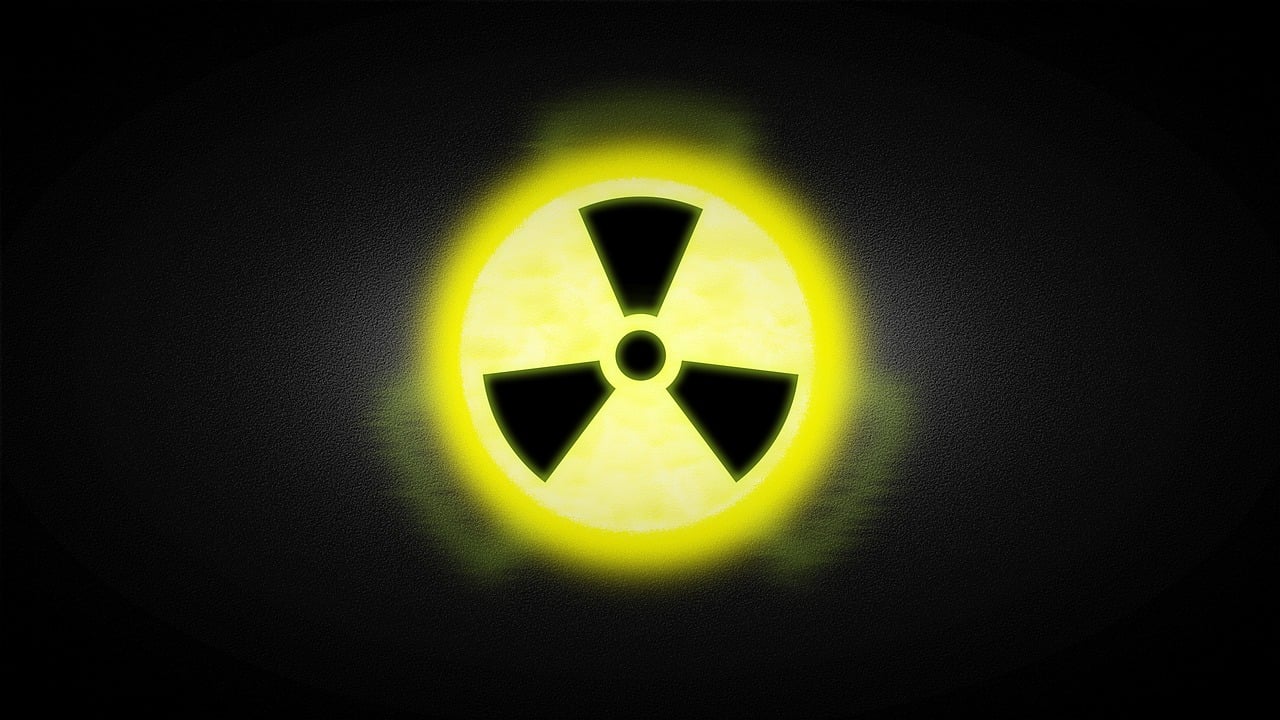Introduction
Quicklime, also known as calcium oxide (CaO), is a highly reactive, alkaline compound that has been used for centuries in various industries. Its applications range from construction and metallurgy to agriculture and environmental protection. Understanding its properties, production process, and diverse uses helps highlight its significance in modern industrial processes.
This article delves into the fundamental aspects of quicklime, including its chemical composition, manufacturing process, and extensive applications across various sectors.
What is Quicklime?
Quicklime is a white, caustic, and alkaline compound derived from limestone (calcium carbonate, CaCO₃) through a process called calcination. When limestone is heated to temperatures ranging between 900-1000°C, it decomposes, releasing carbon dioxide (CO₂) and leaving behind calcium oxide (quicklime).
Quicklime is highly reactive with water, undergoing an exothermic reaction to form slaked lime (calcium hydroxide, Ca(OH)₂). This reaction releases a significant amount of heat and must be handled with caution.
Manufacturing of Quicklime
Quicklime is produced in lime kilns, where limestone is subjected to high temperatures in a controlled environment. The process consists of three main stages:
Calcination: Limestone is heated in rotary or shaft kilns to decompose calcium carbonate into calcium oxide.
Cooling: The produced quicklime is cooled to prevent premature hydration.
Storage & Distribution: The final product is stored and transported in bulk or as fine powder for various industrial uses.
Properties of Quicklime
Highly Caustic: Quicklime is corrosive and reacts aggressively with water.
Alkaline Nature: It has a high pH value and is useful in neutralizing acidity.
Hygroscopic: Absorbs moisture from the air, leading to spontaneous hydration.
High Thermal Stability: Can withstand high temperatures without decomposing further.
Uses of Quicklime
1. Construction & Building Materials
Quicklime plays a crucial role in the construction industry, particularly in cement and mortar production.
Cement Manufacturing: Acts as a key ingredient in the production of Portland cement.
Mortar & Plaster: Used in traditional lime mortars for masonry work.
Soil Stabilization: Improves soil strength and stability for road construction projects.
Autoclaved Aerated Concrete (AAC) Blocks: Used in manufacturing lightweight concrete blocks.
2. Metallurgical Industry
Quicklime is indispensable in metal extraction and refining processes.
Steel & Iron Production: Helps remove impurities such as silica, phosphorus, and sulfur during smelting.
Slag Formation: Reacts with unwanted elements to form slag, which can be easily removed.
Aluminum & Copper Processing: Used in ore refining to extract pure metals.
3. Water Treatment & Environmental Applications
Quicklime is widely used for water purification and pollution control.
Water Softening: Helps remove hardness-causing minerals from water supplies.
Wastewater Treatment: Used in industrial and municipal effluent treatment to neutralize acids and remove heavy metals.
Flue Gas Desulfurization (FGD): Used in power plants to reduce sulfur dioxide (SO₂) emissions, preventing acid rain.
Industrial Waste Neutralization: Neutralizes acidic waste from factories and chemical plants.
4. Chemical Industry
Quicklime serves as a precursor in various chemical processes.
Calcium Hydroxide (Slaked Lime) Production: Reacts with water to form slaked lime, which is used in a variety of chemical applications.
Sodium Carbonate (Soda Ash) Manufacturing: An essential component in soda ash production, widely used in glassmaking.
Calcium Carbide Production: A key raw material in acetylene gas manufacturing.
5. Agriculture & Farming
Quicklime is beneficial in farming and soil management.
Soil pH Regulation: Neutralizes acidic soils, enhancing crop growth and fertility.
Pest Control: Helps control parasites and bacteria in livestock stalls.
Compost Treatment: Speeds up decomposition and neutralizes odors in composting systems.
6. Paper & Pulp Industry
The paper industry relies on quicklime for pulp processing.
Kraft Pulping Process: Used in the chemical recovery cycle of paper production.
Caustic Soda Recovery: Helps regenerate sodium hydroxide used in pulping.
7. Food Industry
Quicklime has specific uses in food processing.
Sugar Refining: Used to purify raw sugar by removing impurities.
Food Preservation: Serves as a pH regulator in food additives.
8. Glass & Ceramics Industry
Acts as a fluxing agent to lower the melting point of raw materials.
Enhances the durability and chemical resistance of glass and ceramic products.
Safety Considerations When Handling Quicklime
Quicklime is a hazardous material and must be handled with proper precautions.
Hazards of Quicklime
Highly Corrosive: Can cause severe burns upon contact with skin or eyes.
Exothermic Reaction with Water: Can generate heat and cause burns or explosions if mixed with excessive water.
Dust Inhalation Risk: Can irritate the respiratory system, leading to lung damage.
Safety Measures
Personal Protective Equipment (PPE): Wear gloves, goggles, and a dust mask.
Proper Storage: Keep in a dry, airtight container to prevent premature hydration.
Controlled Mixing: Add quicklime to water slowly and in a well-ventilated area.
Conclusion
Quicklime is an invaluable industrial material with extensive applications in construction, metallurgy, water treatment, agriculture, and chemical industries. Its ability to react with water, neutralize acidity, and remove impurities makes it a crucial component in various processes.
However, due to its highly reactive and caustic nature, proper handling, storage, and safety measures must be followed. As industries continue to advance, quicklime remains an essential substance contributing to technological progress and sustainable industrial practices.
By understanding its properties and applications, industries can maximize efficiency while ensuring environmental and workplace safety.
Key Takeaways
Quicklime (CaO) is derived from limestone calcination and reacts with water to form slaked lime (Ca(OH)₂).
It is widely used in construction, metallurgy, environmental protection, and chemical processing.
Plays a significant role in water treatment, soil stabilization, food processing, and steelmaking.
Proper handling and safety precautions are essential due to its corrosive and exothermic properties.
As industries evolve, quicklime continues to be an irreplaceable material in modern applications.















